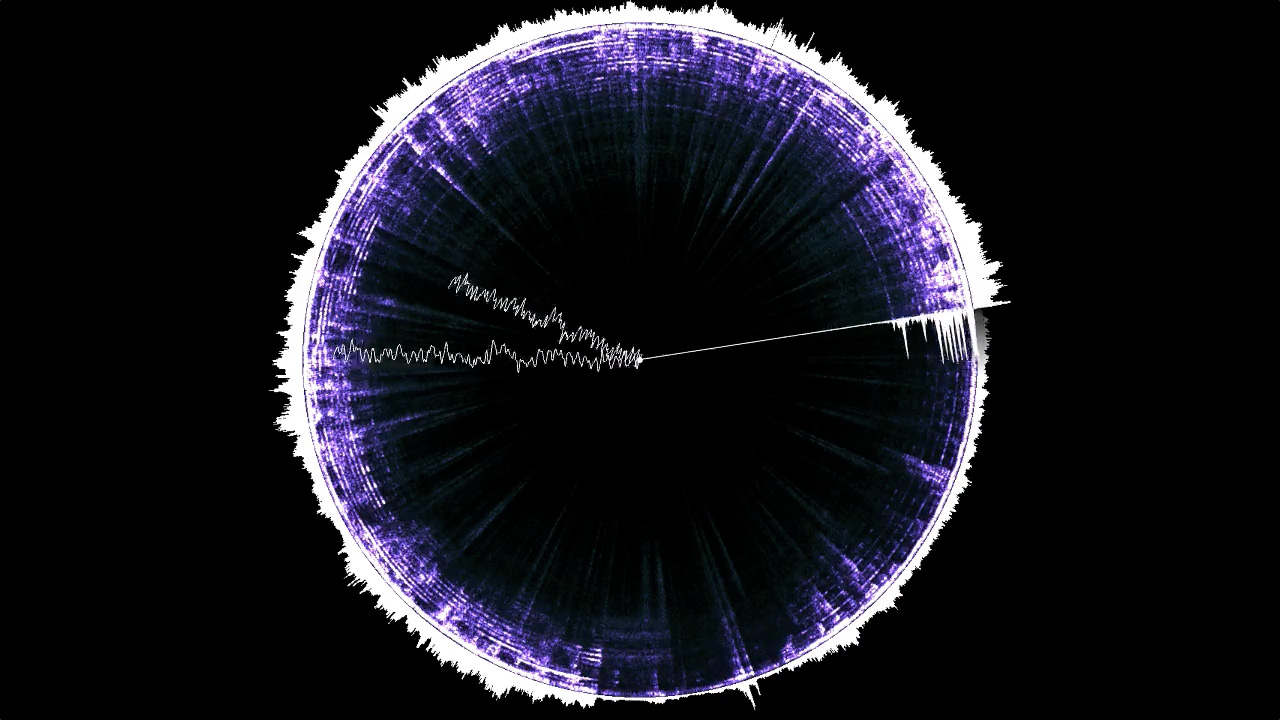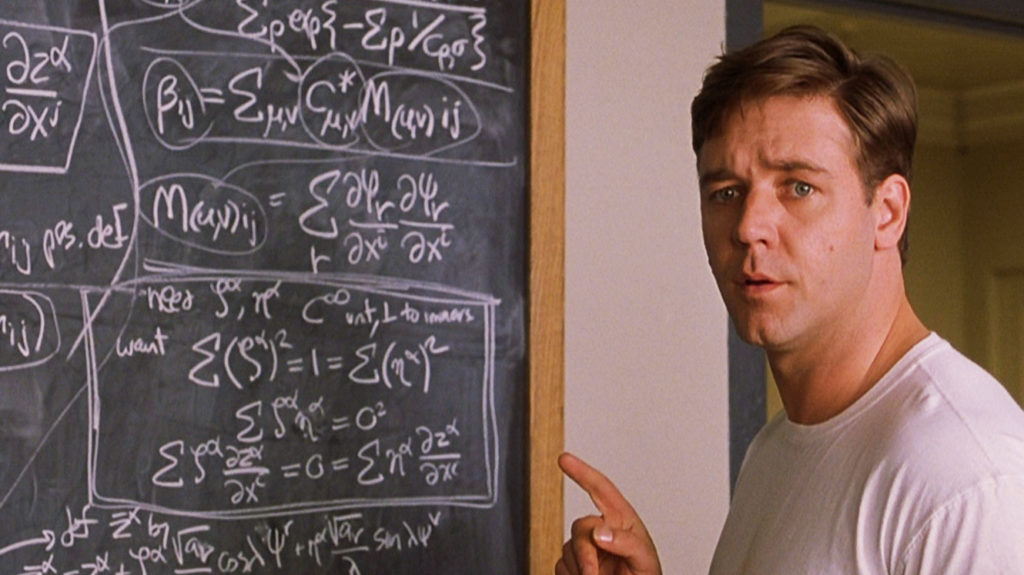Week 2 : Math + Art - Angela Zhang
This week, I delved into the complex relationship between mathematics, art, and science, uncovering how integral mathematics is to both aesthetic and scientific endeavors. My exploration revealed several compelling intersections where these disciplines meld, creating profound insights and innovations.
I began with Nathan Selikoff's digital artwork. Selikoff utilizes mathematical algorithms to transform auditory inputs into real-time visual displays in his project "Audiograph." This application of mathematical principles demonstrates how they can be translated into aesthetic expressions, enriching our sensory experiences with visual representations of sound (Selikoff, 2023).
 |
| Nathan Selikoff - Audiograph |
I also delved into historical applications of mathematics in art through David Bodanis's scholarly article, "Math and the Mona Lisa." This piece discusses Leonardo da Vinci's use of mathematical principles, such as the golden ratio, to create his timeless artworks. Bodanis explains how da Vinci's scientific approach to art not only enhanced the realism and depth of his paintings but also demonstrated the deep connection between mathematical proportion and aesthetic beauty (Bodanis, 2005). Moreover, a recent article by Jennifer Ouellette in Scientific American titled "Mathematical Patterns in Art and Nature" discusses the influence of mathematical patterns in digital art and their resemblance to patterns found in nature. Ouellette explores how contemporary digital artists harness complex algorithms to mimic these natural patterns, providing a deeper understanding of both nature and mathematics through visual art (Ouellette, 2023).
Furthermore, the film, A Beautiful Mind provided a narrative exploration of how mathematical theories can have profound implications beyond the academic sphere, influencing fields as diverse as economics and artificial intelligence. This portrayal underscores the pervasive and practical impact of mathematical thinking in various scientific domains (Howard, 2001).
A Beautiful Mind (2001) - Directed by Ron Howard
Transitioning to a historical perspective, Salvador Dalí's The Sacrament of the Last Supper served as an exemplary case of the golden ratio's application in Renaissance art. Dalí's deliberate use of this mathematical ratio achieves a visually harmonious composition that guides the viewer’s focus and enhances the overall aesthetic appeal of the artwork. This instance exemplifies how Renaissance artists employed mathematical principles to elevate the artistry and impact of their work.

Salvador Dalí - The Sacrament of the Last Supper
The relationship among mathematics, art, and science can be seen as a dynamic dialogue where each discipline enriches and extends the capabilities of the others. The fusion of these three is not merely a matter of using one to enhance the other; rather, it is a synergistic relationship that propels forward all fields involved, creating new pathways for exploration and understanding.
References
Bodanis, David. "Math and the Mona Lisa: The Art and Science of Leonardo da Vinci." American Scientist, vol. 93, no. 4, 2005, pp. 356-363. JSTOR, www.jstor.org/stable/27858761. Accessed 12 Apr. 2024.
Howard, Ron, director. A Beautiful Mind. Universal Pictures, 2001.
Ouellette, Jennifer. "Mathematical Patterns in Art and Nature." Scientific American, 2023. https://www.scientificamerican.com/article/mathematical-patterns-in-art-and-nature/. Accessed 12 Apr. 2024.
Selikoff, Nathan. Nathan Selikoff's Official Website. 2023, http://nathanselikoff.com. Accessed 12 Apr. 2024.
National Gallery of Art. The Sacrament of the Last Supper. Salvador Dalí, 1955, National Gallery of Art, Washington, D.C., https://www.nga.gov/collection/art-object-page.46590.html. Accessed 12 Apr. 2024.
Hi Angela, thank you for your thoughtful response. I loved that you mentioned that mathematical implications can expand beyond the academic sphere to influence different fields like economics and technology, more specifically artificial intelligence (AI). It's without a doubt that mathematics is integral to the development and integration of AI, and it's interesting to see the recent proliferation of AI-generated art through applications like ChatGPT's DALL-E and Adobe's generative fill feature. As someone who currently works in marketing, I know that it's become increasingly common for marketing agencies to employ AI-generated ads, especially as a source of inspiration. This comes to show that, especially as the world becomes more digitized, the syncretism between mathematics and art is inevitable.
ReplyDeleteHello Angela! Your exploration into the intertwining realms of mathematics, art, and science was fascinating to read and really furthered my understanding of the intersection of these three disciplines. The examples you've provided, from Nathan Selikoff's digital art to Leonardo da Vinci's use of mathematical principles in his timeless works, truly highlight the rich relationship between mathematics and aesthetic expression. Additionally, the exploration of mathematical patterns in both digital art and nature, as discussed by Jennifer Ouellette, offers a captivating glimpse into how artists draw inspiration from the natural world to create visually stunning pieces. I also liked how you mentioned "A Beautiful Mind", which further emphasized the real-world impact of mathematical theories across various scientific fields, illustrating the far-reaching implications of mathematical thinking and the synergistic relationship of the art, science and mathematics. Overall, I really enjoyed reading your response and I love how cohesive your blogs are in terms of aesthetics.
ReplyDelete